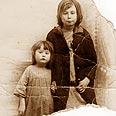
A. Orphaned sisters arrive at Aliza's care center
Orphanage which became youth village
How did an orphanage for girls in post-WWI Jerusalem turn into the Shfeya Youth Village, and what did life look like during the institution's early years? A peek at Chava (Hoz) Borodovsky's album
Following three articles reviewing the 1930-1950s at the Meir Shfeya Youth Village, we are now taking a small leap back in time, to the first days of the children's village in the area.
The Meir Shfeya colony was founded by Baron de Rothschild in 1890, near Zichron Yaacov. Its name is a combination of two words from a completely different origin: "Meir" is the name of the baron's father, while "Shfeya" is distortion of the name of a village called Shveia which was located in the area.
The person responsible for idea to establish a youth village near Meir Shfeya was Israel Belkind, one of the first members of the Bilu group, after bringing Jewish orphans rescued from the Kishinev pogroms to Israel.
Belkind named the place "Kiryat Sefer". The secretary of the children's village was Israel Shochat, one of the founders of the Hashomer defense organization. After two years of dispute with the baron's emissaries at the colony, Belkind was prompted to move the children to Ben-Shemen.
By the way, in 1917, when the Turks expelled Tel Aviv's residents up north, the place temporarily housed the Herzliya Hebrew High School.
World War I left many orphaned children in Jerusalem. A girl's institution called "Aliza's care center" was established at the yard of the Diskin Orphanage on Neviim Street with the help of Hadassah, the Women's Zionist Organization of America. In 1923, Aliza's care center was moved to Shfeya, where it began developing.
Aliza's care center was run in its first years in Shfeya by Chava (Hoz) Borodovsky. Chava was the sister of Dov Hoz, one of the founders of the Haganah organization, and was the only passenger to survive a road accident in December 1940, which killed Dov, his business partner Yitzhak Ben-Yaacov, his wife Rivka Sharett and her sister Tirtza, and Chava's younger daughter Ora.
I found the photos for this article thanks to Ada (Borodovsky) Tamir, Chava's eldest daughter, and I thank her for letting me present them here.
Unfortunately, there is not much information available about the "Aliza care center" period. We ask those who possess such information to hand it over to us for documentation purposes.



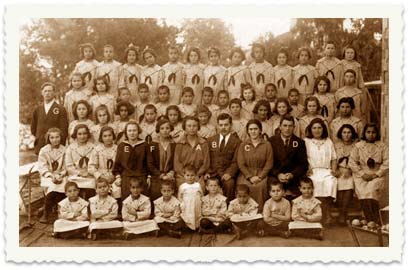

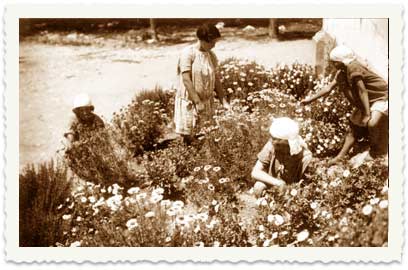
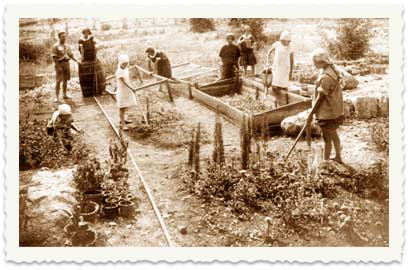
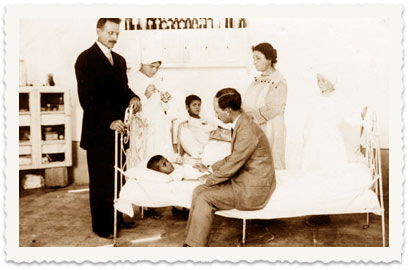

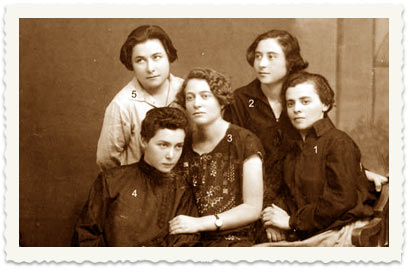
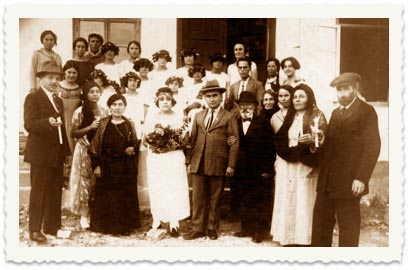
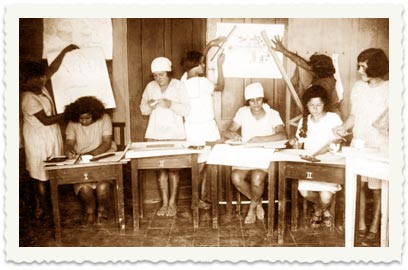
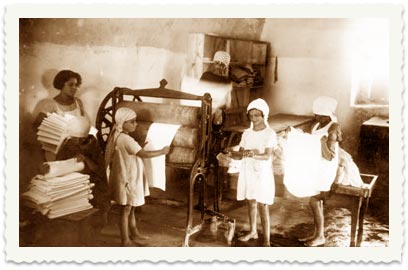
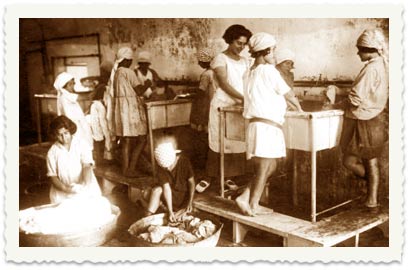

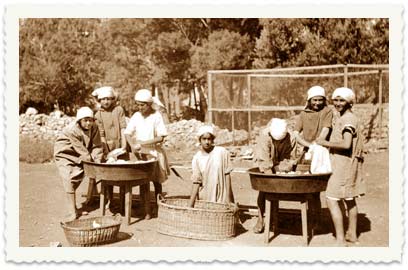
- For all trips to the past – click here










